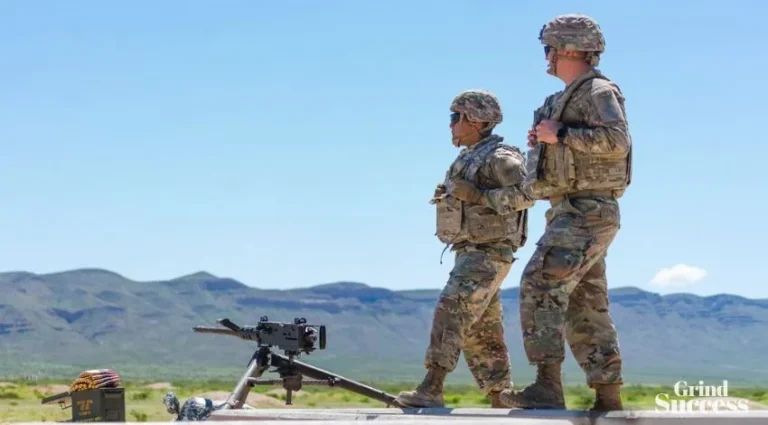Lessons from the Past: The Most Four Devastating Oil Rig Accidents in History

Getting oil out of the earth in industrial quantities is an inherently dangerous business. Early pioneers in the nascent business, more than a century ago, would frequently suffer disastrous injuries and worse, thanks to unexpected fires, eruptions of pressurized oil, and other hazards.
In the modern age, we have a much better understanding of how to extract oil safely. Accidents, therefore, are much more rare. But when they do occur, they tend to be very serious.
What are the Major Causes and Impacts of Historical Oil Rig Accidents
By examining and learning from case studies of the worst accidents, we can learn how they might be prevented, in a similar process that occurs in the aftermath of an aeroplane crash.
1. Deepwater Horizon, 2010
This was among the most serious offshore disasters of the last few decades. It was all the more tragic in that there were multiple opportunities to prevent it. In 2009, engineers expressed a worry that the equipment was substandard.
Then, in March 2010, the blowout prevented suffered damage, which meant that a huge bubble of methane was able to travel up the well, ultimately causing the explosion that killed 11 people and sank the rig.
A culture of silence was blamed for the disaster. Workers feared speaking up because they worried about the professional consequences of doing so.
There was no formal system of inspection in place for the equipment that ultimately caused the disaster.
2. Ocean Ranger, 1982
In the case of the Ocean Ranger, a rogue wave was to blame for the sinking. A porthole window was broken at around 28 feet, but the vessel was continually struck by waves much taller than that. The vessel quickly began to list, and then to sink.
The surrounding waters were extremely cold and inhospitable, which meant that the crew could not escape or be assisted in the same way as that of the Deepwater Horizon.
3. Piper Alpha, 1988
This North Sea drilling platform suffered a series of malfunctions which caused a small gas leak to ignite. When the pipeline connecting the platform to the Claymore exploded, the Piper Alpha collapsed, aflame, into the sea.
The disaster claimed the lives of 167 men and triggered the Cullen Inquiry, which blamed design issues, a lack of ‘process’ safety, and inadequate sharing of information between shifts and crews.
4. Alexander L Kielland, 1980
This is among the deadliest oil rig accidents of all time. It resulted from a tiny fatigue crack, just 6mm wide, caused by substandard welding. Ultimately, this lack of quality was to cause more than a hundred workers to die.
When five of six anchor cables snapped at around 6:30, there was an opportunity to evacuate the vessel and save everyone. This was not taken. Just a tiny fraction of the liferafts were deployed.
In response to this tragedy, the rules concerning command structures and lifeboat hooks were completely revised, in order to facilitate faster abandonment in the future.
How Can the Oil and Gas Industry Enhance Safety Measures to Meet High Global Demand While Ensuring Protection?
The modern oil and gas industry is under unprecedented pressure to deliver its product. But this cannot come at the expense of safety. Indeed, the combined cost of these accidents runs well into the tens of billions of dollars.
Oil companies must collaborate with local first responders and emergency services. They must provide the appropriate personal protective equipment to all workers. They must promote a culture of safety to which every worker is encouraged to contribute.
They should conduct regular risk assessments and insist on high standards for housekeeping and impartial inspection and quality control.
Through these measures, the industry can protect not only itself and its workers, but the natural environment, too.






